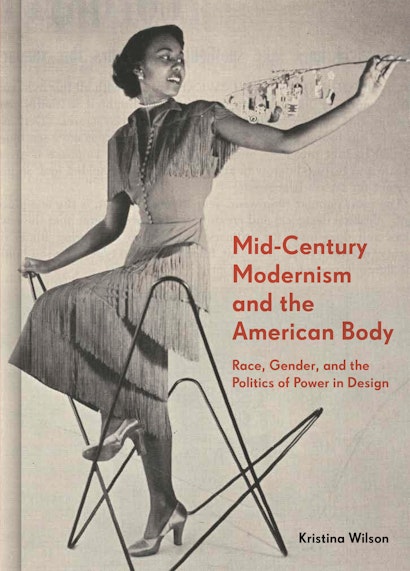Midcentury modern style dominates the market for medium-expensive furniture, as anyone who’s recently tried to buy a couch from the glut of Instagram-friendly direct-to-consumer furniture retailers can testify. (We went with the Article Sven, which is on its way; if it’s bad, don’t tell me.) Mad Men (2007–15) amplified a growing 21st century affection for the style, but when that show came out Dwell magazine (2000–present) had already taught me to salivate over expensively restored ranch homes with huge glass windows, and Ikea (which came to the U.S. in 1985) had brought midcentury-ish knockoffs well within the purchasing reach of American twentysomethings.
How did we get here? Art historian Kristina Wilson’s new book, Mid-Century Modernism and the American Body: Race, Gender, and the Politics of Power in Design, gives the ubiquitous decorating style the historical context it deserves. We spoke about how midcentury modernism appeared when it was new, in the magazines Life and Ebony; how furniture can demand you sit a particular way; and how nostalgia for the midcentury look also idealizes the white suburbia of decades past.
Slate: How do you define “midcentury modernism”—what it was back then and what it is now?
Kristina Wilson: One of the stories that’s been told about midcentury modernism in scholarship is the idea that modern design—simple forms, lack of ornament, new materials—was breaking from the past, it was affordable, it was kind of this bright new day of the booming consumer culture of the 1950s. It used new technologies after the war. It’s the liberation of the American consumer economy.
The way we remember it looking, and the way it sometimes did look at the time, is open: simple rooms with these bizarrely clean floors, with no clutter whatsoever. And the open floor shows off the very elegant little metal legs or sculpted wooden legs of a chair or a coffee table, highlights the surprising silhouettes of these unusual designs.
Part of the starting point for me, with this project, was to say there’s something that seems ideologically pat about that [scholarly celebration of the style’s innovations]. The counterpoint to this is we know now that the landscape of suburbia was legally and rigorously segregated on multiple levels. It wasn’t a bright, new, shiny opportunity for lots of Americans … and also for the white women who were living in suburbia, it wasn’t necessarily a land of exciting freedom.
With this work I wanted to ask: What ideas was this kind of design really being deployed to support? Because not everyone is buying into the idea that this is a newer, better world in the 1950s. Certainly it’s nice to have furniture that requires less dusting! But not everyone is feeling that life is improved.
